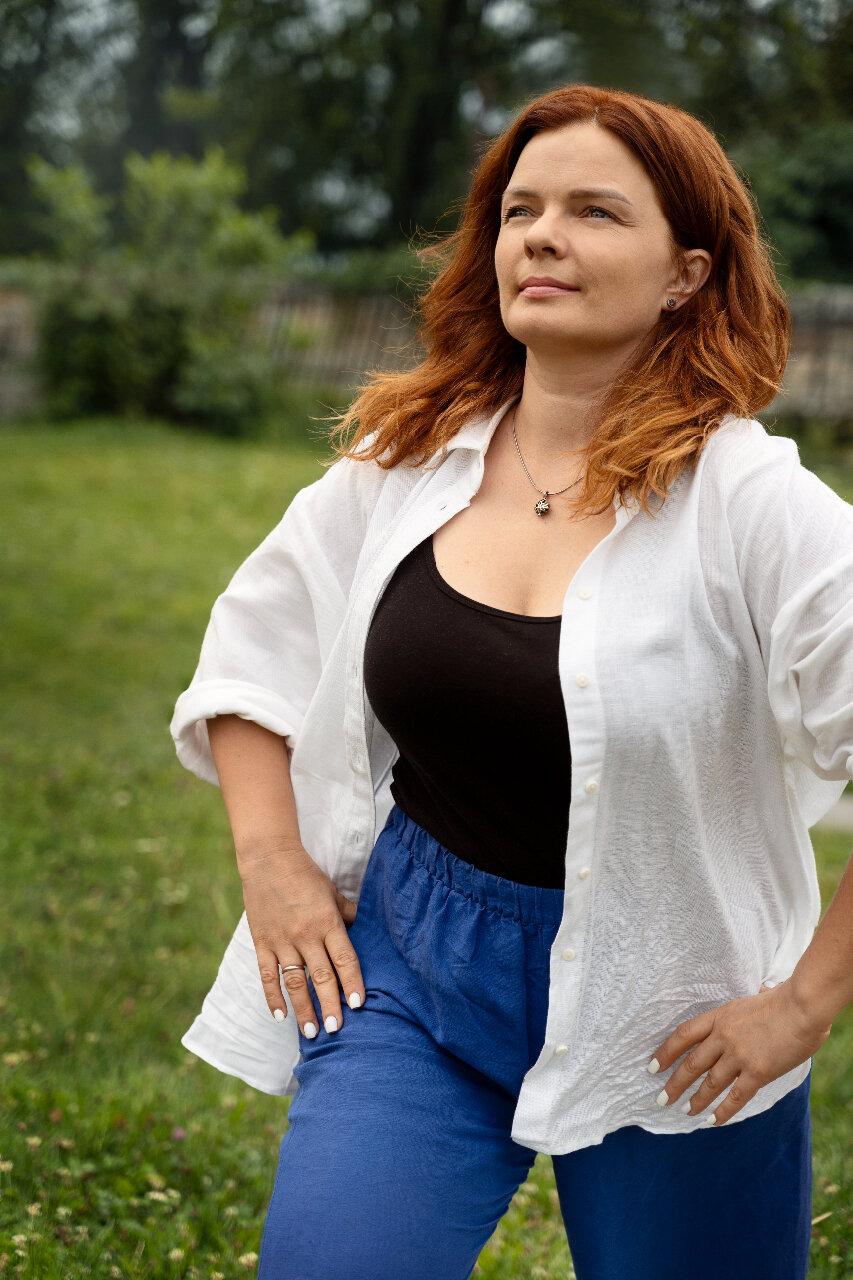Samantha had always been the strong one. The one who juggled work, family, and friendships effortlessly. But at 47, something felt off.
 It started with fatigue—not the usual end-of-day tiredness, but an exhaustion so deep it felt like her body was running on empty. Climbing stairs left her breathless, and simple tasks felt overwhelming. It started with fatigue—not the usual end-of-day tiredness, but an exhaustion so deep it felt like her body was running on empty. Climbing stairs left her breathless, and simple tasks felt overwhelming.
Then came the brain fog. Samantha, once sharp and quick-witted, found herself forgetting appointments, struggling to focus, and losing words mid-sentence.
One night, after a stressful day, a sudden tightness in her chest stopped her in her tracks. It wasn’t sharp, just a deep pressure that refused to go away. She brushed it off as stress—until her left arm tingled, and dizziness set in.
Her husband, seeing the panic in her eyes, rushed her to the ER.
The Diagnosis That Changed Everything
"Your cholesterol is high, and your blood pressure is through the roof," the doctor said. "Samantha, you’re having the warning signs of heart disease."
Heart disease? That was for older people, smokers, or unhealthy eaters—not her.
But the truth was undeniable. Years of stress, late nights, skipping workouts, and emotional suppression had caught up with her.
She felt fear creeping in. Would she have a heart attack? Would she see her kids grow up?
Then came the guilt. Had she ignored the signs? Was she responsible for this?
And the depression—a heavy cloud of sadness, making her feel like a prisoner in her own body.
The Emotional Toll of Heart Disease
 Samantha wasn’t just battling a physical condition—her emotions and mind were unraveling. Samantha wasn’t just battling a physical condition—her emotions and mind were unraveling.
- Fear & Anxiety: Every heartbeat felt like a ticking time bomb. Any chest discomfort made her panic.
- Brain Fog & Mental Fatigue: Even on good days, she felt mentally drained, struggling to process information.
- Isolation & Depression: She withdrew from social events, feeling like a burden rather than the vibrant woman she once was.
- Frustration & Anger: She felt betrayed by her own body—how could it fail her when she had so much life left to live?
Her doctor suggested lifestyle changes, stress management, and a heart-healthy diet, but Samantha knew she needed more than just medicine.
Choosing to Heal—Mind & Heart
One evening, after a particularly tough day, she sat in front of a mirror and whispered, "I don’t want to live in fear anymore."
 That was the moment she decided to fight back. That was the moment she decided to fight back.
- She started morning walks, feeling her heart grow stronger with every step.
- She practiced deep breathing and meditation, calming her anxious mind.
- She embraced heart-healthy foods, nourishing her body from the inside out.
- She journaled her emotions, releasing the guilt and frustration she had buried.
- She reconnected with friends and family, choosing love over isolation.
As weeks passed, her energy returned, her thoughts became clearer, and for the first time in a long time—she felt like herself again.
At her next checkup, her doctor smiled. "Your numbers are improving, Samantha. Keep going."
And she did. Not just for her heart, but for her mind, her emotions, and the life she still had ahead of her.
The Takeaway: Healing Is More Than Physical
 Heart disease isn’t just about clogged arteries—it’s about mental and emotional well-being too. Samantha learned that healing starts from within, and the heart and mind must heal together. Heart disease isn’t just about clogged arteries—it’s about mental and emotional well-being too. Samantha learned that healing starts from within, and the heart and mind must heal together.
"Your heart doesn’t just beat—it feels, thinks, and carries your life. Treat it with love."
Have you ever experienced emotional struggles linked to heart health or other health problems? Let’s talk!
Comment below or email us directly here.
|